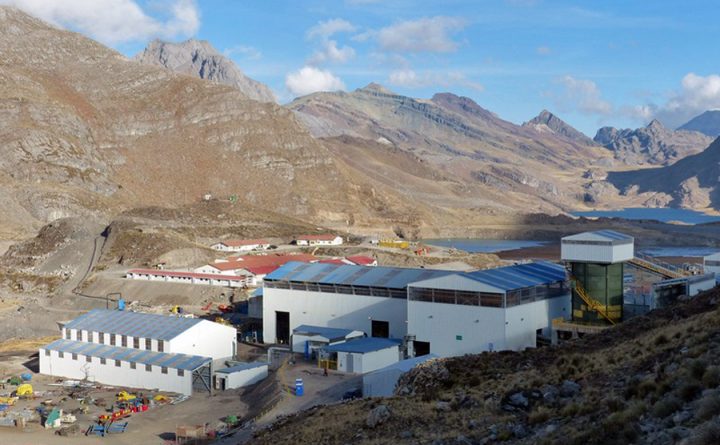Based on information provided by officials at Glencore Xstrata (OTC:$GLCNF), a multinational commodity trading and mining company, the zinc price forecast for the next few years does not look good. As demand growth exceeds supply, the zinc market faces a structural deficit in the upcoming years.
Daniel Mate, who is the head of Glencore’s zinc and lead marketing operations has said that the zinc market has already been in structural deficit for several quarters and currently, the demand for zinc supply is growing at 5% per year.
This 5% increase equates to roughly 600,000 mt of new zinc mine capacity needed every year, according to Glencore Xstrata. Furthermore, Glencore predicts that almost 2 million mt (2 Mmt) of new annual production will be required by 2016 and 5 Mmt by the year 2020. Even though new projects and expansions are meant to add around 1.1 Mmt of zinc to worldwide mine production by 2016, this will still leave a gap of 1 Mmt.
Glencore further notes that mine production is likely to decrease by 2 Mmt in the next five years as crucial zinc mining companies are coming to a close, such as Lisheen mine in Ireland and Century mine in Australia. According to Daniel Mate, this zinc price forecast is based on officially published figures, including those for Chinese production. Mate added that the zinc price forecast for Chinese production may be “overstated”, which means that the shortage of zinc supply could be more substantial.
Mate states that “zinc performance has been poor” and that “not many people have been making money out of zinc.” This underperformance has hindered investment in new production and a result “the majors have not invested any money in zinc.” In addition to hindered investment, the zinc market’s underperformance has resulted in the consolidation of output in fewer hands. “Today the industry is more consolidated than before, more disciplined than before” says Mate.
According to Chris Eskdale, head of Glencore’s zinc and lead industrial operations, the merged Glencore Xstrata is the world’s largest zinc miner. This is no surprise as they had 24 mines producing 1.5 Mmt of contained zinc in 2012. Additionally, Glencore operates seven zinc smelters and the capacity for these smelters is around 1.2 Mmt per year of zinc metal.
With major zinc mining companies closing in Canada, such as the Perseverance mine and the Brunswick mine, Glencore’s zinc mine production is predicted to fall from 1.532 Mmt to 1.424 Mmt in 2017. That said, Glencore’s production is thought to rebound to 1.613 Mmt in 2014 and rise to 1.82 Mmt by 2016. This rebound is due to numerous expansion projects, such as Bracemac-McLeod in Canada and George Fisher, McArthur River, and Lady Loretta in Australia, coming onstream. These expansions will result in Australia accounting for roughly 50% of the company’s zinc mine output by 2016, which was under 40% last year.
On the basis of consolidation, Glencore Xstrata was in the middle of the second quartile for zinc mine production costs in 2012. Eskdale adds that as new low costing output becomes available “we believe that we will move into the first quartile as a producer by 2015.”
Featured Image: mining.com/Trevali Mining Corp.











